As a pet parent, you might have heard that long whining and whimpering sound coming from your dog or puppy.
It’s the sound they mostly make when you leave them alone. The cry signifies dog separation anxiety. Dogs make that noise to let you know they are not happy about you leaving them alone. It can also sound like a howling, barking, or intense vocalizing when left alone.
Things To Try To Help Your Dog Stop Crying
Dealing with dog separation can be tricky, particularly if they have faced abandonment earlier. Every time you leave your dog alone, it fears getting abandoned again. It’s essential not just for the dog to stop crying but for your neighbors too.
Yes, unless you live in a soundproof studio, a howling dog can be a nuisance in the vicinity! It can even get you evicted from a residential complex. Therefore, you have to make a conscious effort to help your dog stop crying.
Mostly, it happens with dogs that are not well-balanced through training, routine, and exercise. The loss of their protector makes their pain unbearable. Luckily, there are a lot of things that you can do to help your puppy stop crying when left alone!
Set a Stable Daily Routine
For a recently adopted dog, everything is new. You are the only person with whom they feel connected. Every time you leave it alone, it suffers from dog separation anxiety.
So, put your dog on a stable daily routine of eating, playing, and exercise, every day (including weekends). Also, make sure the schedule stays the same to help your dog get used to it.
Engage in Regular Daily Exercise
Like hyperactive children, the unspent energy in dogs builds up and makes them restless. Before you leave them alone, engage in intense play sessions or exercise to tire them out. Most likely, they’ll sleep all the way while you are gone instead of crying.
You can take your dog for a run or a walk too. Daily exercise and activities release serotonin in its brains, just like in humans, and bring a happy-calming feeling, removing anxiety feelings in them.
Keep your TV/ Radio switched ‘ON’
The sounds of people talking on a TV/Radio in the news, talk shows, etc., make your dog feel surrounded by people. Leave it ‘ON’ with its sound at the talking level of your home while you leave your dog alone. It will make them stop crying.
Get Food-Puzzle Toys
To help your dog stop crying while you are away, get them some food-puzzle toys like chewy puzzle toys, dog-interactive toys, etc. It keeps your dog busy trying to get the food out while you are gone. You can also buy different such toys and switch routinely to keep their interest level peaked.
Desensitize them to your Leaving
Another efficient way of dealing with dog separation is to make them comfortable with your leaving. Start with ‘fake-leaving’ to address the dog’s crying behavior.
First, go down the hallway to your front door, and come back. Then go down the driveway, a little further like a block, and slowly make your dog used to your leaving. Eventually, the dog will think that you are coming back right away, and it’s less likely to cry in the future.
Don’t make leaving a Big Deal
Your desensitizing effort can go to waste if you make a big deal every time you leave your dog alone at home.
No kisses, hugs, or dramatic farewell like Bye bye my coochie coo! Sweetie pie! and all that stuff.
It alerts your dog about you leaving, like forever – even an hour can feel like forever to your dog! Just gather your things and leave like you are just about to come in a while.
Don’t make Coming back Home a Big Deal
Your dog will immediately jump and feel excited to see you back home. Ignore it for at least 5-minutes. We know it’s difficult for any pet parent to do it but allow your dog to calm down. Reward it with love and affection when it calms down.
These subtle behavior changes can help your dog deal with separation anxiety. Even if you have to take your dog immediately out for potty, do it without fanfare-like you were already at home.
Crate Train
You can crate-train an adult dog up to 4-hour stretches during the day. If it becomes anxious, train slowly and gradually increase the time (by a 5-minute increment) when you are outside the home while it’s in the crate. It will help your dog learn to stay alone comfortably.
Get a Dog Walker
Daily dog walkers or sitters can keep your dog busy with extra exercise and attention. If you have to stay away for long hours, go with a dog daycare. It will allow your dog to play with other dogs and keep them occupied.
Lastly, if nothing works, you can talk to a vet about dog separation anxiety and get some dog anxiety medicines. However, we don’t recommend it, but as a last resort, if nothing helps your dog stop crying, you can try it. You can also talk to a certified animal behaviorist or professional dog trainer about it.
We understand that dog separation anxiety or fear issues are tough to live with and modify. But, use the information in different combinations to help your dog stop crying. If you have any questions about dealing with a crying dog, post them in the comment section below.

 DogExpress
DogExpress



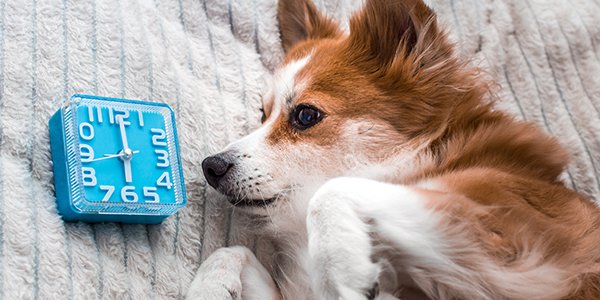
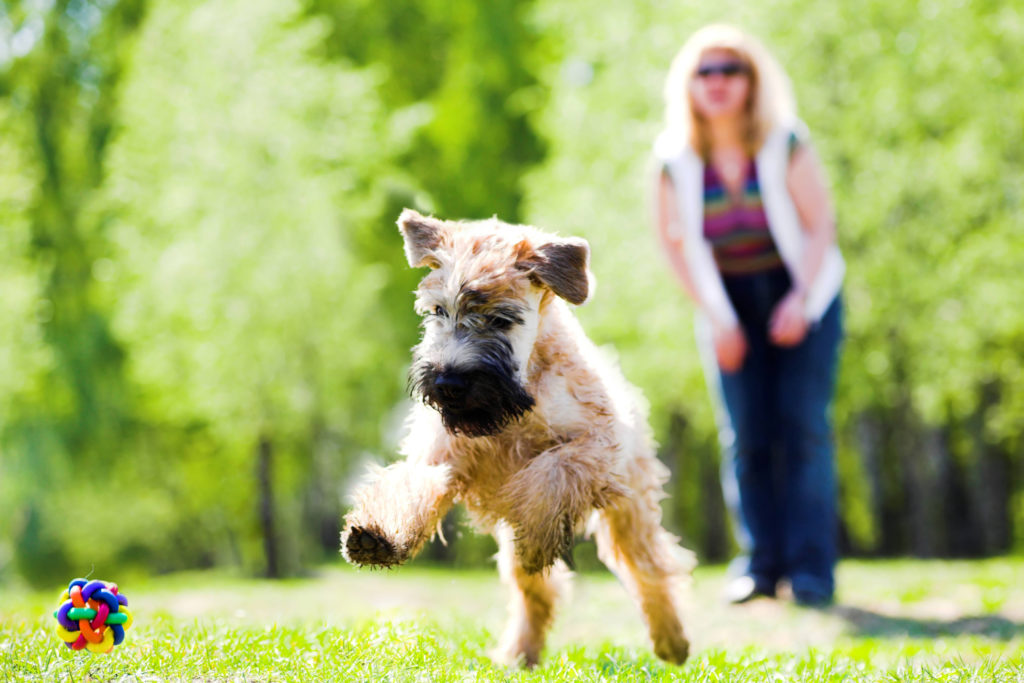

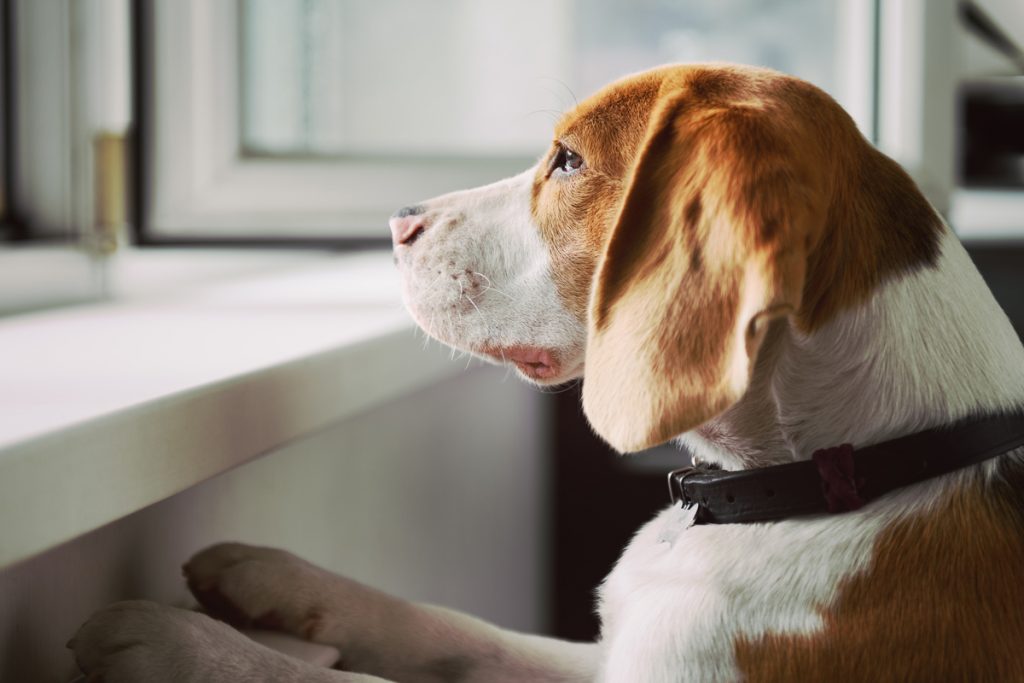
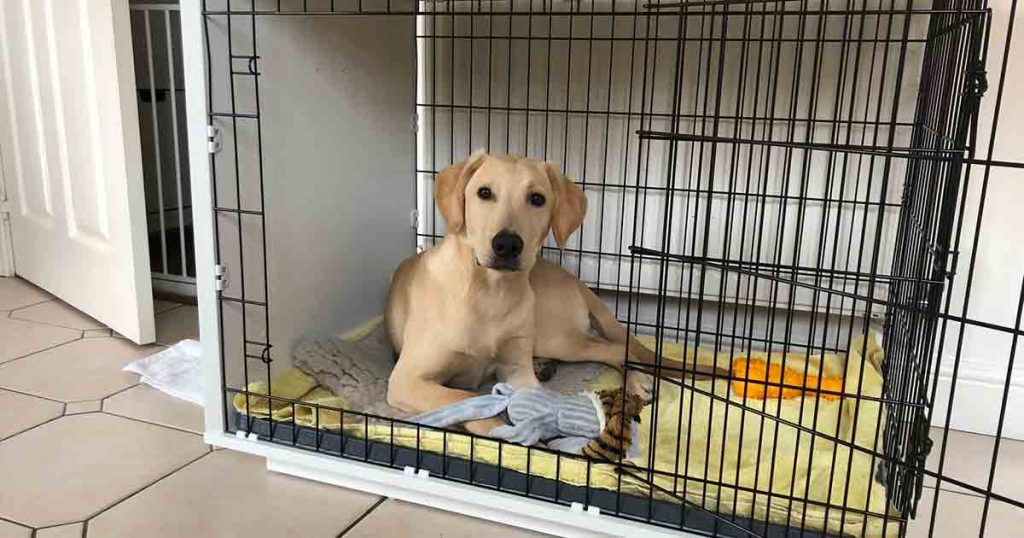





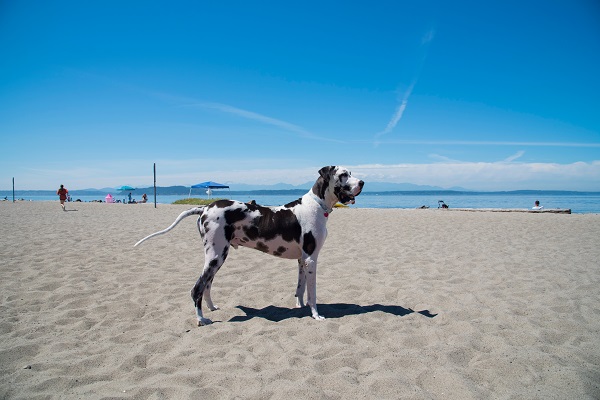












 in Chandigarh, India.
in Chandigarh, India. 
